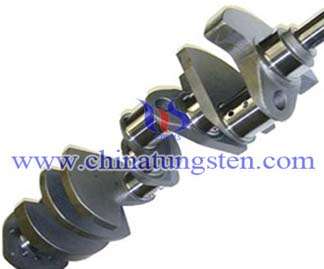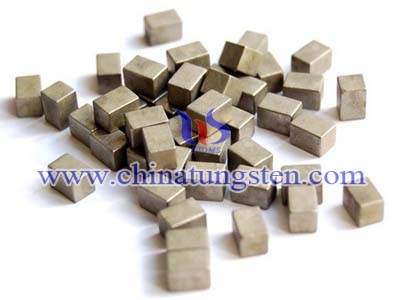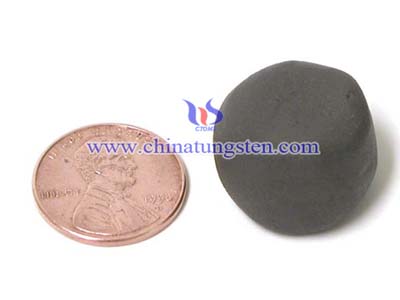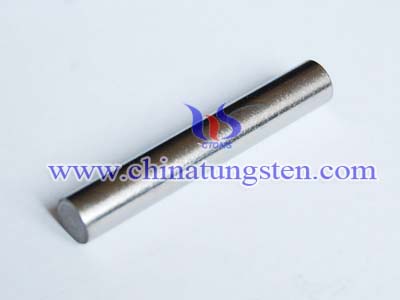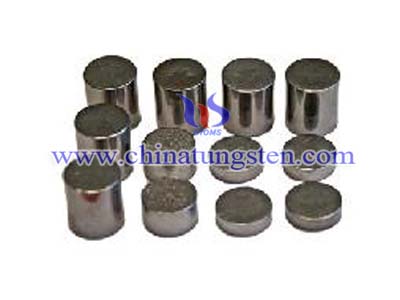The Theory of Tungsten Alloy Crankshaft Counterweight
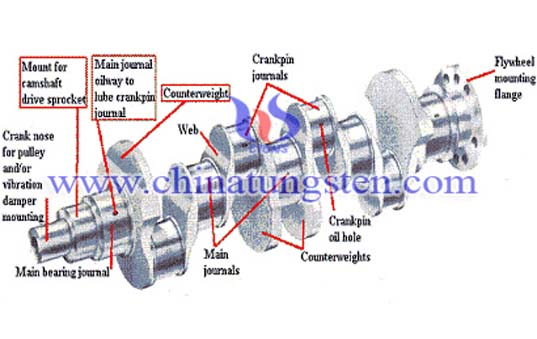
It is generally knows to all that a rotating object will generate centripetal force which is an actual force or load generated perpendicular to the direction of rotation. In fact, the magnitude of the force increases exponentially with speed. Increase the speed, the force will expand to four times or more of the speed. The amount of imbalance and distance from the axis of rotation greatly influence the centripetal force created by a tungsten alloy crankshaft imbalance .As long as the amount of centripetal force is offset by an equal force in the opposite direction, an object will rotate with no vibration. For instance,tie a brick on each end of a yardstick and you can twirl it like a baton because the weight of one brick balances the other. If we're talking about a flywheel, the flywheel will spin without wobbling as long as the weight is evenly distributed about the circumference. A heavy spot at any one point, however, will create a vibration because there's no offsetting weight to balance out the centripetal force.
Every object wants to rotate about its own center of gravity. Toss a chunk of irregular shaped metal into the air while giving it a spin and it will automatically rotate about its exact center of gravity. If the chunk of metal happens to be a flywheel, the center of gravity should be the flywheel's axis. As long as the center of gravity for the flywheel and the center of rotation on the tungsten alloy crankshaft coincide, the flywheel will spin without vibrating. But if there's a heavy spot on the flywheel, or if the flywheel isn't mounted dead center on the tungsten alloy crankshaft, the center of gravity and axis of rotation will be misaligned and the resulting imbalance will create a vibration.

